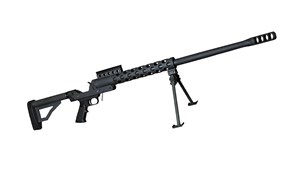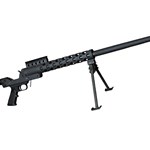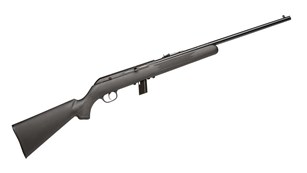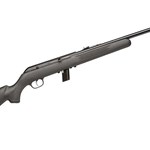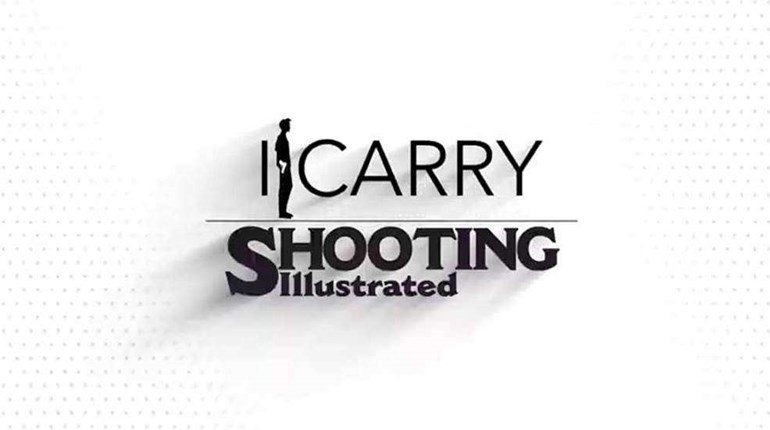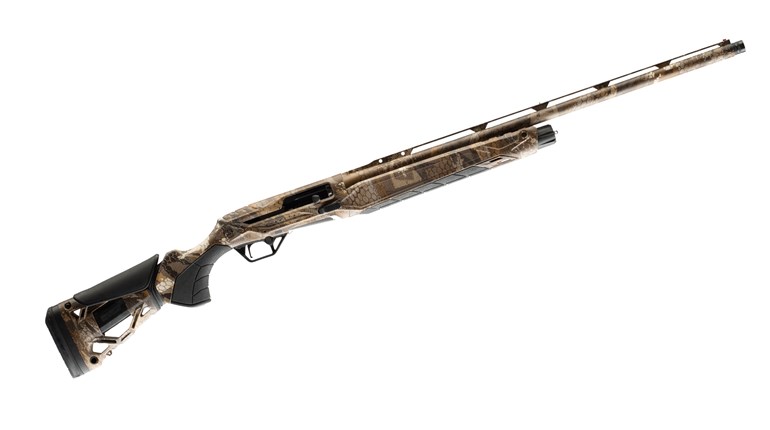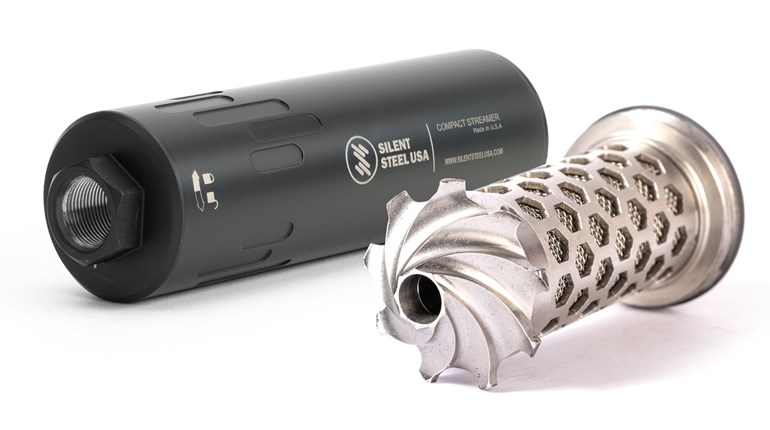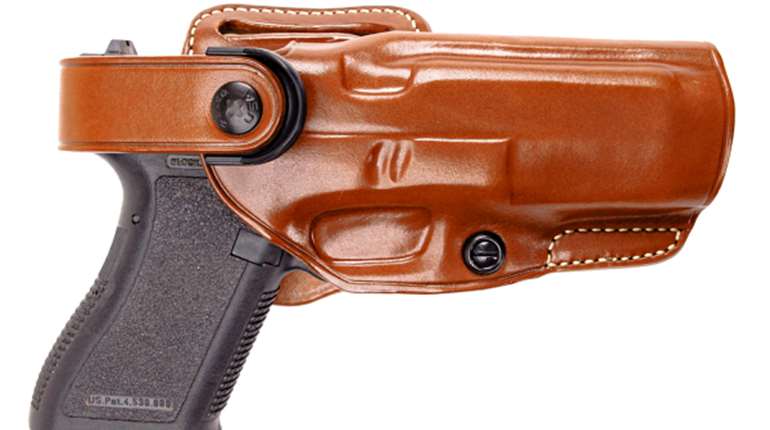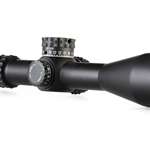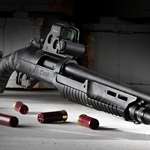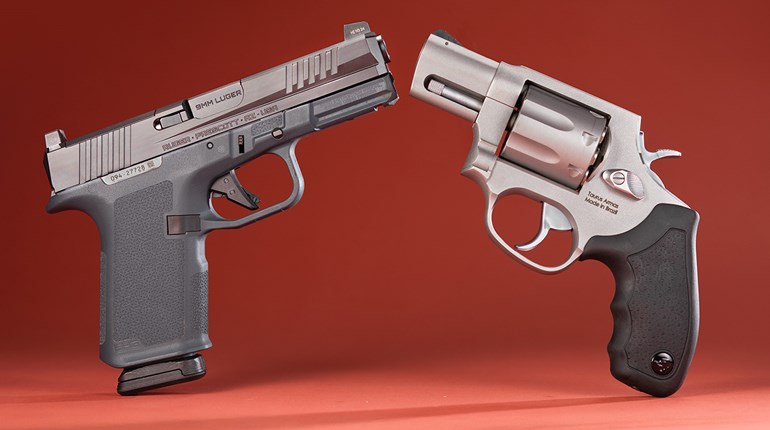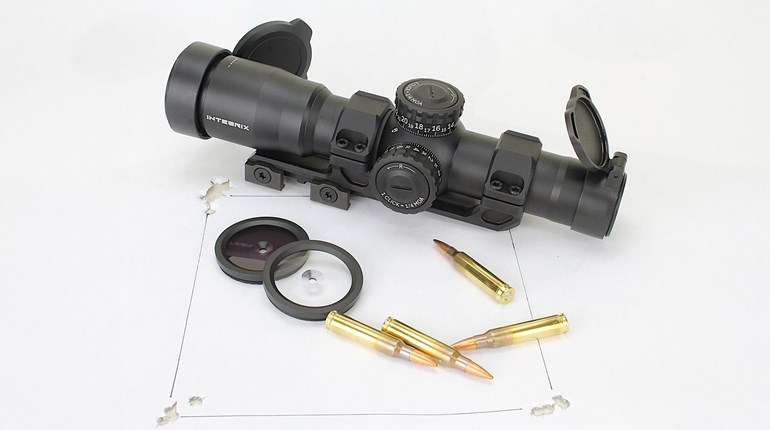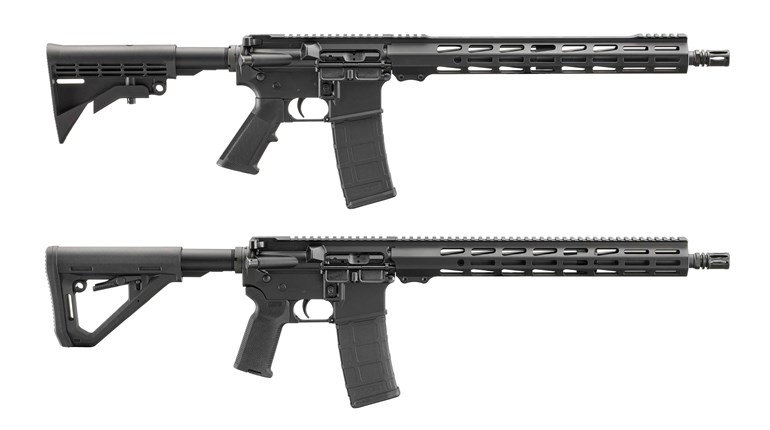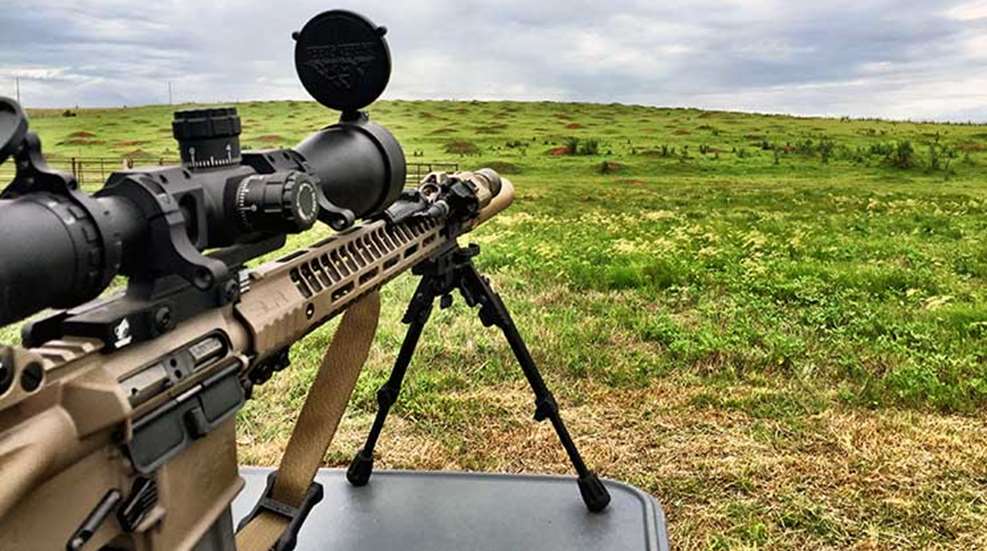
So, there I was, face-to-face with one of the most fearsome beasts in the wild: Cynomys ludovicianus—the black-tailed prairie dog. OK, so they’re really not a fearsome beast, of course, but they do represent a formidable adversary for the rifle shooter looking for a challenging target. Now, for those who may only have seen prairie dogs at the zoo and are wondering why we’d be targeting these cute, furry rodents, I’ll defer to our friends at American Hunter: “…prairie dogs often carry bubonic plague…” That’s why. Even if you don’t consider the damage done to farmland and the danger posed to livestock, stopping the spread of disease is a great reason to target these varmints.
Setting up for a prairie dog hunt can be as involved or as simple as you’d like. A Ruger 10/22 and some patience will certainly get the job done; however, for this outing, we opted for .223 Rem.-chambered AR-15s. Dark Systems, LLC from Wasilla, AK, brought several carbine and rifle options, while SureFire provided the suppressors. Freedom Munitions supplied copious amounts of its Depredation Varmint ammo, which offers a 55-grain Hornady V-Max bullet for maximum varmint-stopping power.
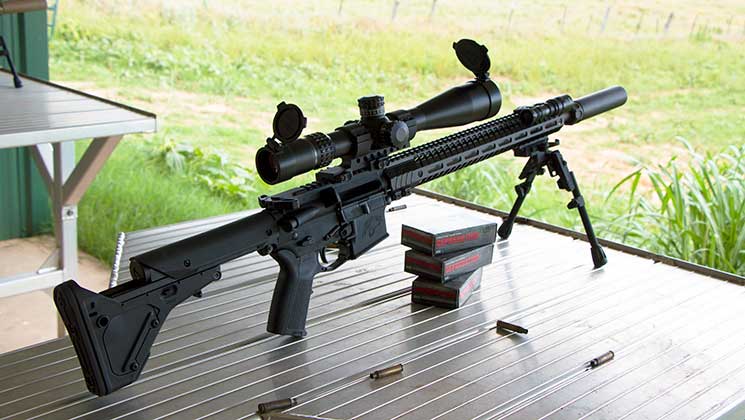
As with any endeavor involving complete shooting systems where you’re less-than-100-percent familiar with all components together, the first step is ensuring everything works together. We had every expectation that the ammo, rifles and suppressors would play well together—and they certainly did—but there’s no substitute for sitting down at a bench on a range with known distances and seeing exactly where that precise combination will hit. A morning on the range getting familiar with how everything works together beats the heck out of near-misses in the field, no matter how much time you have.
Let’s talk about suppressors for a second. We’ve heard erroneous comments in the media from uninformed sources opposed to the Hearing Protection Act about the sound-reducing capabilities of suppressors. With rifles, especially using supersonic ammunition, you will absolutely still need additional, physical hearing protection—while a suppressor will bring the report to levels that won’t cause immediate damage, they only reduce noise levels a certain amount. Shooting a suppressed rifle will likely require plugs or muffs for comfort. While the SureFire SOCOM556-RC2 and SOCOM556-MINI2 suppressors worked well to reduce the noise signature, we still needed some additional hearing protection.
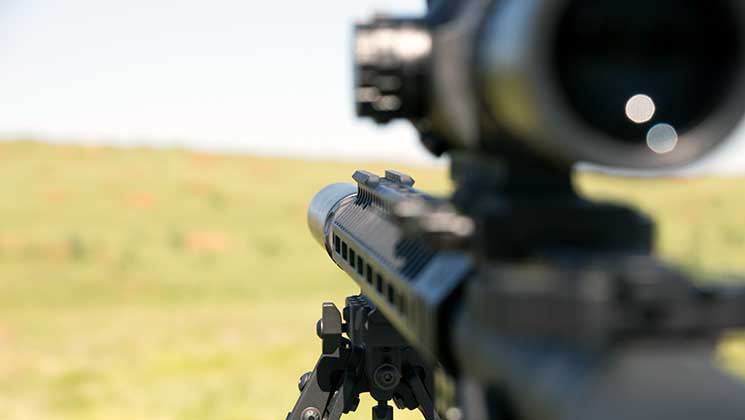
OK, so we sighted in at known distances. We verified that all of our gear played well together. Now it was time to head out into the field and… wait? We set up, initially, at benches provided by the outfitter with alternate watches on two fields. While we saw the errant prairie dog here and there, apparently we had made more noise than a herd of buffalo and sent the majority to ground. Waiting in Oklahoma sun in June is an exercise in developing skin cancer, so we wisely changed tactics to stalking rather than waiting.
While this certainly proved to offer better results—as upon cresting a hill we were greeted with the glorious sight of a prairie dog town in full bustle—it immediately highlighted a flaw in our cunning plan. The Dark Systems LLC rifles were equipped with long(er) range optics, and at 50 yards or less, critical seconds were lost dialing down magnification and searching for targets up close. Mental note for next time: for close-range work, bring red-dot sights.
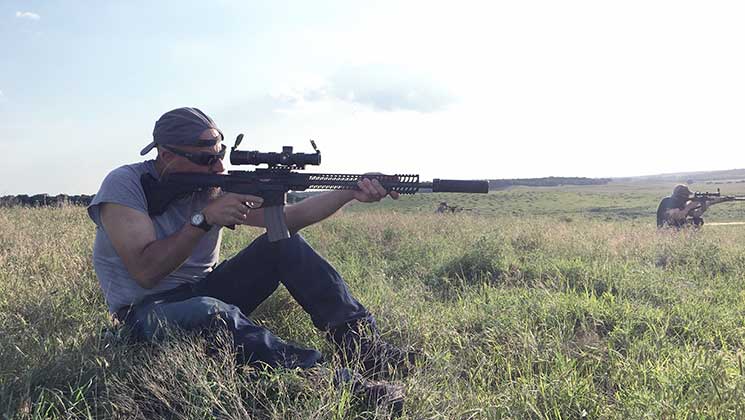
Another tactic used to great success, though, was to set up on a far-off hillside looking down over a town and methodically pick off targets of opportunity. For this, the rifles were perfect, although another area for improvement cropped up: shooting mats. Getting into a solid prone position offered the best chance for observing and properly targeting prairie dogs, but when you realize you just went prone on an outcropping of briars, well… Shooting sticks or a telescoping monopod would have been a good fit, too, for seated positions. Again, this is not meant as a knock in any way, shape or form, but simply as a notation for next time and an even more-successful hunt.
All-in-all, though, it’s hard to beat a couple days out in the field pitting ones’ self against a wily foe. It’s one thing to sit down on a bench and hit stationary targets at known distances; it’s another entirely to lump a rifle through a field, then hunker down and aim for a 6-inch, moving target that can range from 75 to 300 yards away. If you’re looking for a challenge above and beyond the static range, bring your favorite carbine into the field and stalk the elusive prairie dog—chances are you’ll learn much about your gear and how it can be used.


